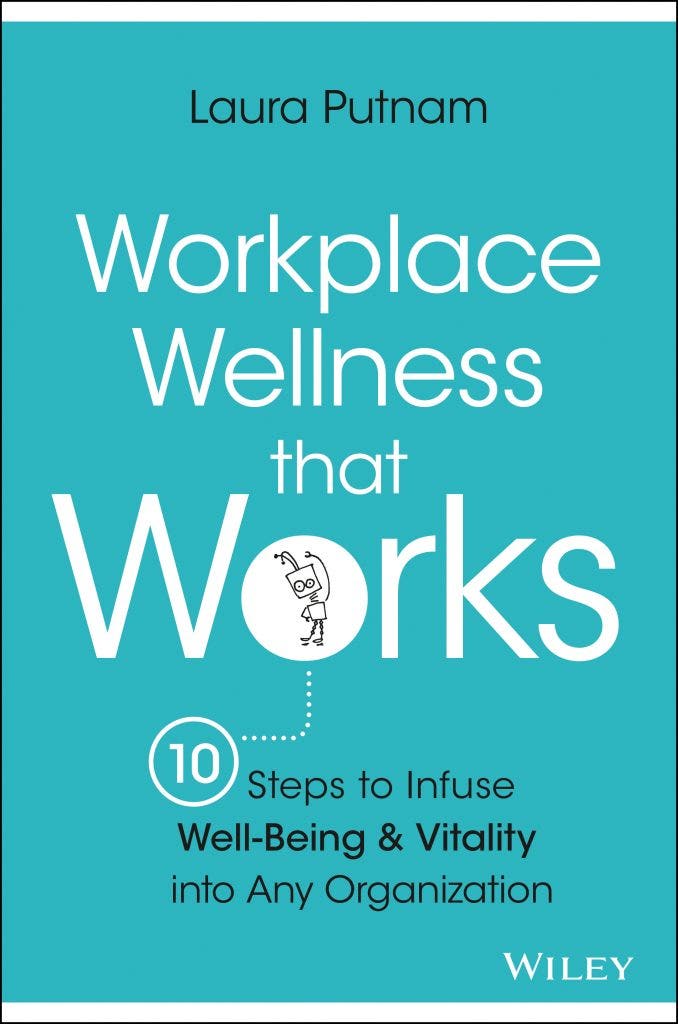Be the Change

You have more influence than you think.
“The choices I make are personal.”
Think again. For too long, we’ve regarded health and the act of making lifestyle change as a matter of personal choice. As it turns out, it’s anything but. Rather, the choices we each make as individuals influence not only our friends, but also our friends’ friends and even our friends’ friends’ friends. This is a well-documented phenomenon known as the “social contagion effect.” In other words, the choices we each make travel through social networks like a contagious virus — creating waves of positive or negative changes.
From obesity to smoking to eating habits to happiness, a seminal study by Nicholas Christakis and James Fowler, outlined in their book “Connected,” suggests that lifestyle behaviors “spread” through social networks. So, if you’re happy, your friend is 9 percent more likely to be happy. Or, if you happen to be a smoker, and you quit smoking, your smoking colleagues are 34 percent more likely to quit too.
Conversely, if you have a friend who is obese, you’re 57 percent more likely to also become obese, and if your friend’s friend is obese, you’re approximately 20 percent more likely to become obese. Finally, extending one more degree, if your friend’s friend’s friend is obese, you’re 10 percent more likely to become obese — even if the friend of the friend didn’t gain a pound!
The social contagion phenomenon is particularly evident in the workplace. A recent Welltok/National Business Group on Health “Whispers from the Water Cooler” report, based on a 2016 survey of more than 1,000 respondents, reveals that the top motivators for most employees to get involved with wellness at work are their coworkers. Sixty-six percent reported their colleagues as the number one factor, and 86 percent responded that coworkers were the second most important factor. In other words, if your colleagues are doing it, chances are that you’re much more likely to do it (and vice versa).
Another key factor is the manager. In this same report, 17 percent reported that their direct supervisor was the leading factor that motivated them to get involved, and 57 percent reported that their direct manager was the second most important factor. According to Gallup research, your direct manager is likely accountable for up to 70 percent of the variance of their team members’ engagement with wellness.
Your choice — a gift to others
Consider that every time you make a “personal” choice to improve your health, you’re in fact, making a community choice that has the capacity to create a ripple effect of well-being.
In effect, each of us is already an agent of change, whether we like it or not. And, as such, each of us can spark a revolution of well-being. In simpler terms, every time you opt for the stairs over the escalator, there’s a greater chance that others around you will also make the same choice. Every time you choose the healthier option on the menu, it increases the likelihood that your dining mates will also go for the healthy options.
This means that the act of investing in ourselves is actually one of the most giving things we can do. Just as we’re instructed every time we fly, “Put on your oxygen mask before helping others,” each of us needs to help ourselves first; it will in turn inspire others to do the same.
If there’s ever a time when each of us needs to be that agent of change, it’s now. As a country, we’ve dumped millions of dollars into fighting the obesity epidemic, without much to show for it. A report released by the CDC, released on Aug. 3, 2016, indicates that the average American has gained 15 pounds over the past two decades.
We can make a difference — and another program is not the solution. Rather, the difference can start with each of us. One of the very best things we can each do — for our friends, our colleagues, our family, our community and even our world — is to start with ourselves in making healthier choices.
Steps to becoming an agent of change
01 Start with yourself: Set a goal, and then break down the goal into tiny steps. Research shows that tiny steps cumulatively lead to big results. So, if your goal is to get more active, break it down into tiny steps like, “Every morning, before I get into my car to drive to work, I’ll take a quick walk around the block.”
02 Share your story: Share your triumphs to start mini-revolutions of well-being.
03 Start a movement: Embrace your inner agent of change and go ahead — start a movement. The fact is that programs don’t inspire; movements do. There’s no reason why that movement can’t start with you.
For more information, check out Laura Putnam’s book, “Workplace Wellness that Works.”
